Spice Up Your Bowl: 7 Essential Tips for the Ultimate Tex-Mex Chili Recipe
If you’ve ever wondered how to make a pot of Tex-Mex chili that hits all the right notes—smoky, spicy, rich, and just a little mysterious—you’re not alone. This iconic dish has roots in both Texas and Mexico, with generations of cooks perfecting their own versions. Whether you're a seasoned chef or a weekend warrior in the kitchen, this article will guide you through the spice-filled journey of creating the perfect Tex-Mex chili.
Table of Contents
- A Brief History of Tex-Mex Chili
- The Spice Cabinet Essentials for Authentic Flavor
- Top 7 Tips for Mastering Your Tex-Mex Chili
- Chili Showdown: Regional Styles Compared
- Final Thoughts: Let the Chili Speak for Itself
A Brief History of Tex-Mex Chili
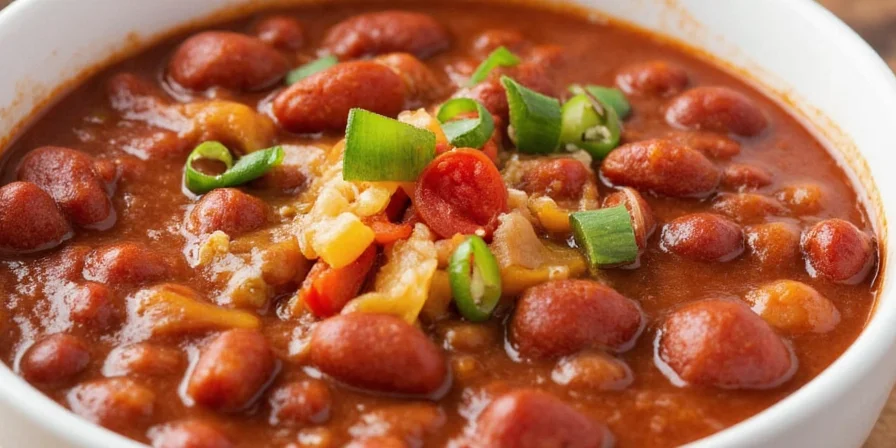
Tex-Mex chili traces its origins back to the late 19th century in Texas, particularly among Mexican-American communities. Immigrants from the Canary Islands brought with them a love for spiced stews, which evolved into what we now know as chili con carne. By the 1880s, chili stands were common in San Antonio’s plazas, earning the nickname “chili queens.” The dish gained nationwide popularity during the Great Depression due to its affordability and hearty nature.
The Spice Cabinet Essentials for Authentic Flavor
Making authentic Tex-Mex chili isn’t just about throwing meat and beans into a pot—it’s about layering flavor like a master painter layers color on canvas. Here are the essential spices every chili lover should have on hand:
- Chili Powder (Ancho-based): Provides earthy sweetness and moderate heat.
- Cumin: Adds warmth and depth, anchoring the entire flavor profile.
- Paprika: Balances the smokiness and adds a pop of red color.
- Oregano (Mexican preferred): More robust and citrus-forward than Mediterranean oregano.
- Cayenne Pepper: For those who like it hot—but use sparingly!
- Garlic Powder: Enhances umami without overpowering other flavors.
- Coriander: Offers floral notes that round out the savory elements.
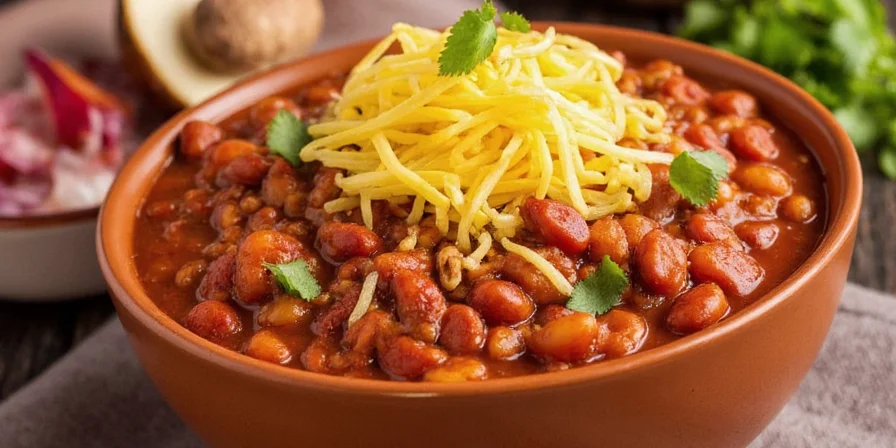
Top 7 Tips for Mastering Your Tex-Mex Chili
- Start with Quality Meat: Chuck roast or brisket provides rich marbling that melts into the stew. Some purists argue that ground beef doesn’t hold up as well over long simmering times.
- Brown the Meat First: This step builds the Maillard reaction—the chemical process responsible for deep browning and complex flavor development.
- Toast Your Spices: A quick toast in oil before adding liquid unlocks the aromatic oils in the spices, giving your chili a more vibrant flavor base.
- Add Fresh Garlic and Onions: While garlic powder is a must, fresh minced garlic at the start of cooking gives a sharper bite that mellows beautifully during simmering.
- Simmer Slowly: Chili needs time—ideally 2–3 hours—to allow flavors to marry. If possible, let it rest overnight; day-old chili tastes even better!
- Balance Sweet and Heat: Consider a touch of brown sugar or molasses to balance acidity from tomatoes and add complexity.
- Taste as You Go: Adjust seasoning at each stage. Remember, you can always add more salt, but you can’t take it away!
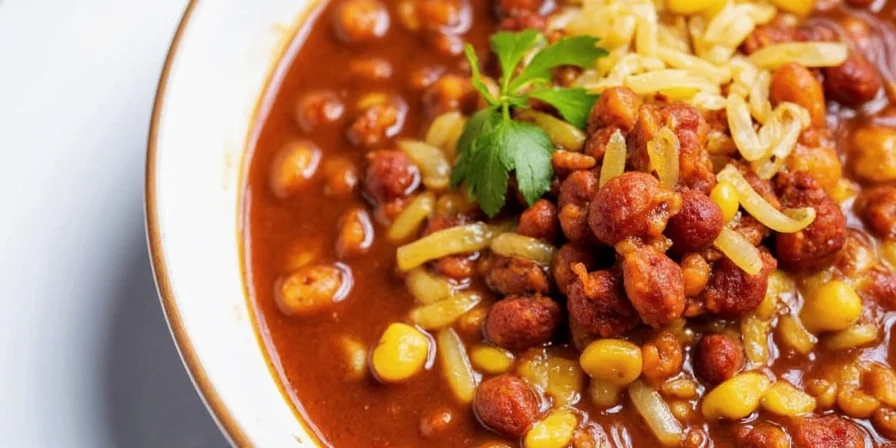
Chili Showdown: Regional Styles Compared
Tex-Mex chili may be the most famous version, but variations across the U.S. offer interesting twists. Here’s a quick comparison:
| Style | Key Features | Spice Level | Typical Ingredients |
|---|---|---|---|
| Texas Red (Bowl) | Meat-only, no beans, heavy on dried chilies | Medium to High | Beef chuck, ancho, pasilla, cumin |
| Cincinnati Style | Spaghetti-based chili with Greek-inspired spices | Low to Medium | Ground beef, cinnamon, Worcestershire, kidney beans |
| New Mexico Green | Made with green chilies, pork or chicken | High | Green chilies, pork, garlic, cumin |
| California-Style | Modern fusion with avocado, lime crema | Varies | Quinoa, black beans, chipotle |
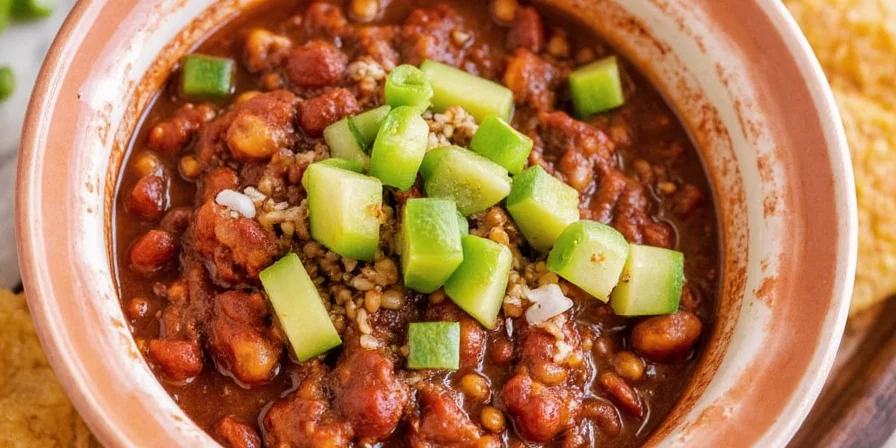
Final Thoughts: Let the Chili Speak for Itself
In the world of Tex-Mex cuisine, few dishes are as beloved—or as debated—as chili. But one thing is clear: when done right, a great bowl of chili can transport you to another time and place, filled with warmth, nostalgia, and bold flavor.
Whether you stick strictly to tradition or like to tweak the recipe with a dash of creativity, the heart of any good chili lies in its spices. So don’t be afraid to experiment, taste boldly, and above all—enjoy every spoonful.
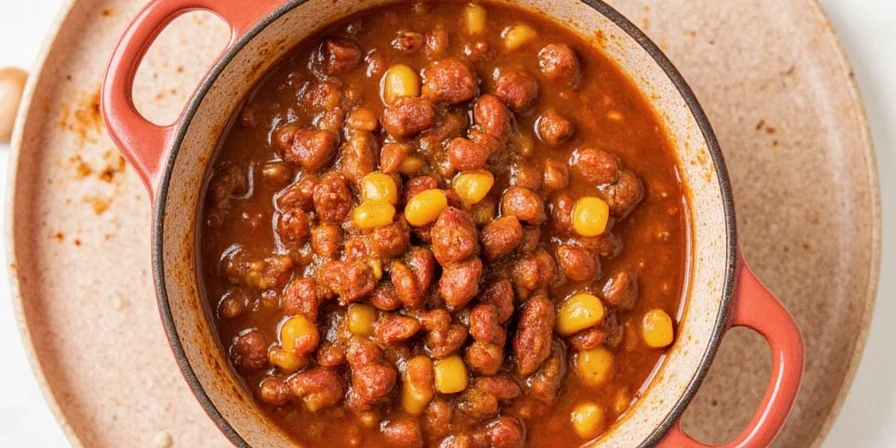











 浙公网安备
33010002000092号
浙公网安备
33010002000092号 浙B2-20120091-4
浙B2-20120091-4